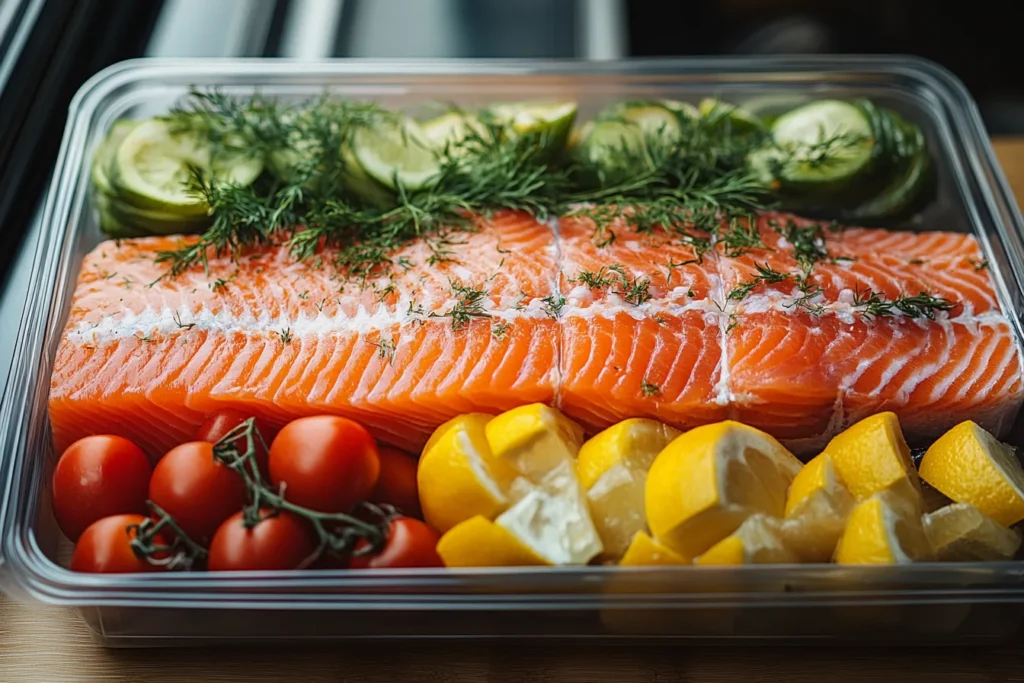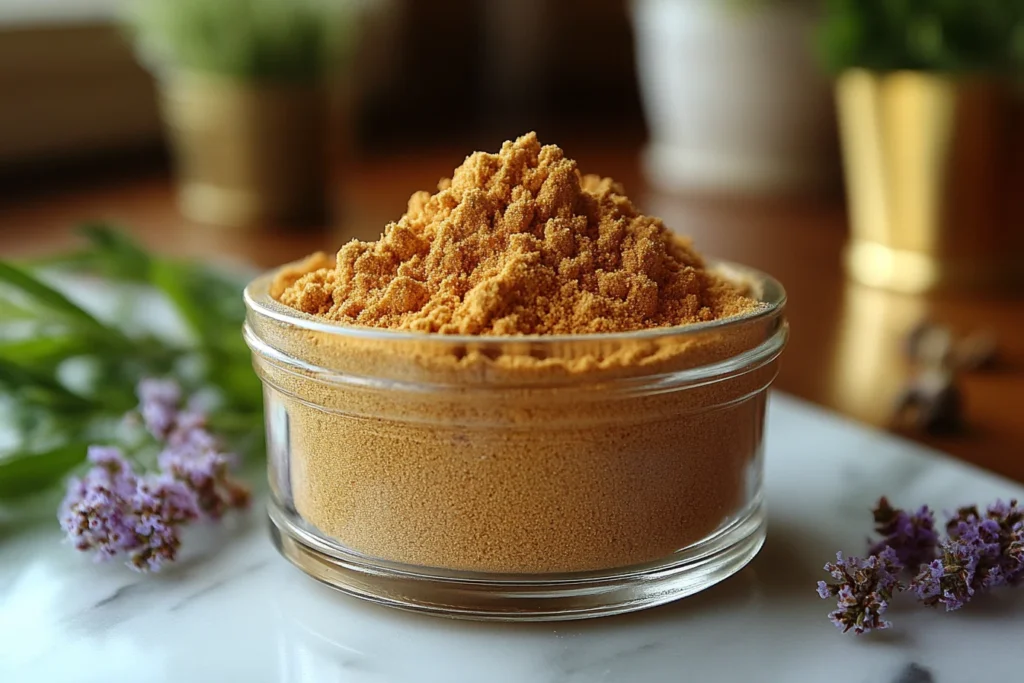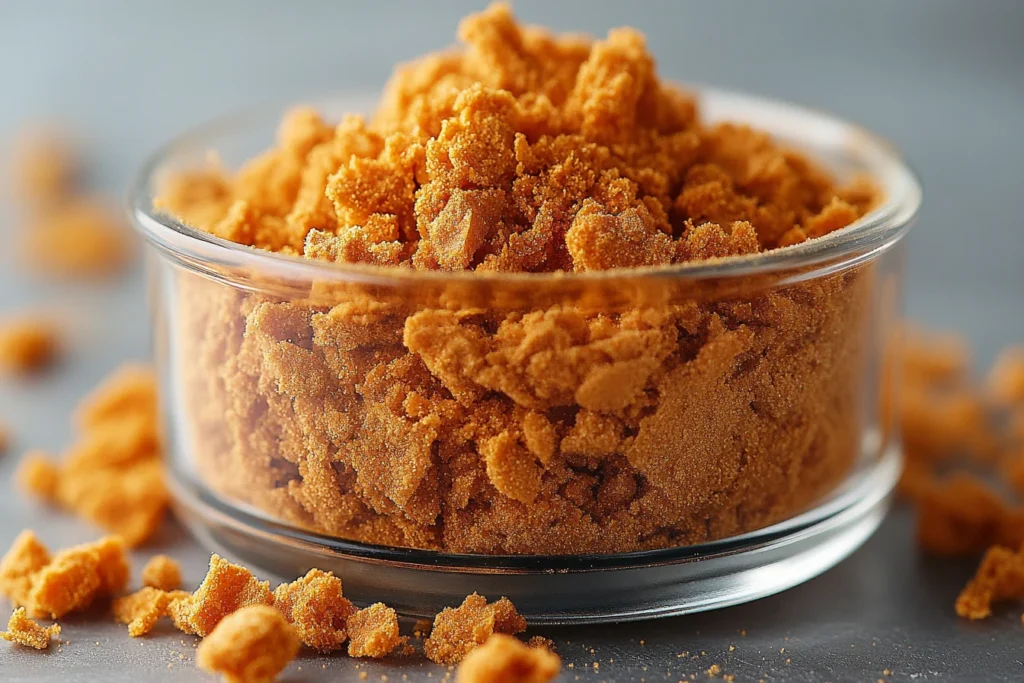How do you make fish meal from fish waste? Fish waste is often considered a byproduct of the fishing industry, but it holds significant potential when processed into fish meal. If you’re looking for creative ways to use fish meal or fish products, check out How to Make the Perfect Orange Fish Cookies Recipe or try this hearty Shepherd’s Pie Recipe with Velveeta Cheese for a comforting twist. This article provides a step-by-step guide to understanding and implementing the fish meal process, with a focus on sustainability and efficiency.

Table of Contents
Understanding Fish Waste
Fish waste consists of unused components like heads, fins, scales, bones, and offal from fish processing. Properly dealing with fish waste guarantees that it does not make contributions to environmental pollutants even as growing valuable assets.
Fish meal, a high-protein product, is broadly utilized in animal feed and aquaculture. The increasing demand for sustainable protein resources makes fish waste an ideal raw cloth. Transforming fish waste into fish meal not handiest reduces waste however also supports the round financial system.
Key sources of fish waste:
Commercial fisheries
Aquaculture farms
Food processing plant life
Using these byproducts effectively minimizes waste whilst maximizing output.
Importance of Sustainable Practices
Sustainability is at the heart of fish waste processing. By learning how to make fish meal from fish waste, you contribute to environmental protection and reduce overfishing pressures.
Processing fish waste instead of discarding it prevents ocean contamination and reduces the greenhouse gas emissions associated with waste decomposition. Additionally, it supports the development of renewable resources.
Benefits of sustainable fish waste management:
Environmental conservation: Reduces pollution and methane emissions.
Economic gain: Lowers raw material costs and creates marketable products.
Resource efficiency: Maximizes the use of all fish components.
With these practices, industries can achieve long-term viability and ecological balance.
Setting Up Your Fish Meal Facility
Before beginning the technique, you’ll want a properly designed facility geared up for processing fish waste. This requires careful making plans and the proper equipment.
Essential steps to put together:
Location choice: Choose a domain near your fish waste supply to reduce transportation prices.
Permit acquisition: Obtain essential permits for waste processing and environmental compliance.
Infrastructure setup: Install tanks, grinders, drying gadget, and ventilation structures.
Waste collection machine: Create a dependable community for steady fish waste deliver.
By building a well-prepared facility, you make sure efficient processing and regular manufacturing.
Pre-Processing Steps
Before turning fish waste into fish meal, it’s essential to prepare the raw material through pre-processing. These steps improve the quality and safety of the final product.
The pre-processing steps include:
Sorting: Separate usable fish waste from non-organic materials like plastic or metal.
Washing: Clean the waste thoroughly to remove impurities and prevent contamination.
Grinding: Break down the waste into smaller particles for uniform cooking and drying.
Cooking: Heat the ground fish waste to kill pathogens and extract oils.
Each step ensures that the fish waste is ready for the core processing phase while maintaining high standards.
The Core Process of Making Fish Meal
Now that the fish waste is pre-processed, allow’s flow directly to the main steps of creating fish meal. The core system is a mixture of heating, pressing, drying, and grinding.
Steps to make fish meal:
Cooking: Cook the prepared fish waste at controlled temperatures to coagulate proteins and extract oils.
Pressing: Separate drinks (water and oil) from the solid fabric.
Drying: Reduce moisture content material in the solids to make sure long shelf life.
Grinding: Mill the dried fabric into a first-rate powder, creating top notch fish meal.
Each step in the technique need to be cautiously monitored to maintain the nutritional fee of the fish meal. Proper temperature manage and moisture discount are vital for achieving the desired exceptional.
How Do You Make Fish Meal From Fish Waste? – Key Steps
The process of making fish meal involves several well-defined steps. Each stage plays a critical role in producing a high-quality product.
Step-by-step process:
Sorting: Remove any non-organic materials like plastics or metals.
Washing: Rinse the fish waste to eliminate dirt and potential contaminants.
Grinding: Use a grinder to reduce the size of the waste, ensuring uniform cooking.
Cooking: Heat the ground fish waste to coagulate proteins and kill harmful microorganisms.
Pressing: Separate solids from liquids, collecting valuable fish oil.
Drying: Use dryers to lower the moisture content of the solids, improving shelf life.
Grinding into powder: Pulverize the dried material into a fine, consistent meal.
Every step in this process ensures the final product is nutritionally dense, safe, and suitable for various applications like animal feed or aquaculture.
Quality Control Measures
Maintaining high standards is crucial when producing fish meal. Without proper oversight, the quality of the product can deteriorate, reducing its market value.
Key quality control measures:
Regular sampling: Test fish meal batches for protein content, moisture, and contaminants.
Equipment maintenance: Inspect grinders, cookers, and dryers regularly to ensure optimal performance.
Hygiene protocols: Keep the facility clean to avoid contamination.
Temperature monitoring: Ensure that cooking and drying are done at the right temperatures to prevent nutrient loss.
By implementing these measures, you’ll produce a consistent product that meets industry standards.

Packaging and Storage
Proper packaging and storage are essential to preserve the quality of fish meal and extend its shelf life.
Best practices for packaging and storage:
Choose durable bags: Use moisture-resistant and airtight packaging to protect fish meal from humidity.
Labeling: Clearly mark the packaging with production and expiration dates for traceability.
Cool storage: Store fish meal in a dry, ventilated area with temperatures below 77°F (25°C).
Pest control: Use pest deterrents to prevent contamination from rodents or insects.
Good packaging and storage practices minimize spoilage and maintain the nutritional integrity of the fish meal.
Health and Safety Precautions
Processing fish waste involves risks that must be managed to protect workers and ensure a safe facility.
Key health and safety measures:
Personal protective equipment (PPE): Provide gloves, masks, and goggles for workers.
Ventilation systems: Install proper airflow systems to minimize exposure to odors and dust.
Hazard training: Educate staff on handling equipment and identifying potential dangers.
Regular inspections: Check for leaks or malfunctioning machinery that could pose safety risks.
Adhering to these precautions creates a safe working environment while maintaining efficiency.
Potential Pitfalls and Their Solutions
While the process of making fish meal is straightforward, challenges can arise. Being prepared for potential issues ensures smooth operations.
Common challenges and fixes:
Inconsistent quality: Ensure thorough sorting and regular equipment calibration to maintain uniformity.
Excessive moisture: Extend drying times or use more advanced dryers to reduce moisture levels effectively.
Strong odors: Install deodorizing equipment or ventilation systems to manage unpleasant smells.
Machine downtime: Schedule routine maintenance to prevent unexpected breakdowns.
Economic Outlook and Market Trends
The global call for for fish meal has been step by step growing, driven via its function in aquaculture and animal feed industries. Understanding marketplace trends is essential to capitalize on opportunities in this zone.
Key marketplace insights:
Rising demand: Aquaculture continues to extend, requiring superb fish meal as a number one feed component.
Cost efficiency: Using fish waste reduces uncooked fabric prices, making fish meal manufacturing a profitable challenge.
Export possibilities: Developing international locations with abundant fish waste can export fish meal to areas with better call for.
Value-introduced products: Incorporating fish oils extracted in the course of the manner further increases sales potential.
By preserving an eye on marketplace developments, producers can function themselves competitively and make strategic selections.
Environmental and Ethical Concerns
While turning fish waste into fish meal is environmentally beneficial, ethical considerations remain an integral part of this process. Addressing these concerns ensures responsible production practices.
Environmental benefits:
Waste reduction: Processing fish waste reduces pollution and lowers methane emissions from decomposition.
Sustainable protein source: Fish meal reduces reliance on land-based resources for animal feed.
Biodiversity preservation: Using waste byproducts reduces the pressure on wild fish populations.
Ethical concerns:
Worker conditions: Facilities must prioritize fair labor practices and worker safety.
Transparency: Clear labeling and traceability ensure ethical sourcing of fish waste.
Community impact: Avoid creating environmental or odor-related issues that could harm nearby communities.
FAQs About Making Fish Meal From Fish Waste
1. What is fish meal, and why is it made from fish waste?
Fish meal is a high-protein powder made from fish or fish byproducts. Using fish waste helps reduce environmental impact and turns byproducts into a valuable resource for animal feed and aquaculture.
2. What types of fish waste can be used for fish meal?
Common sources include fish heads, bones, fins, scales, and offal. As long as the waste is clean and free of contaminants, it can be processed into fish meal.
3. How long does it take to produce fish meal?
The process, including sorting, cooking, pressing, drying, and grinding, typically takes a few hours depending on the equipment and batch size.
4. What equipment is needed to make fish meal?
You’ll need a grinder, cooker, press, dryer, and milling equipment. Additional tools like washing tanks and packaging systems improve efficiency.
5. Is fish meal production environmentally friendly?
Yes, it reduces waste and lowers methane emissions from fish waste decomposition. It also promotes sustainable use of natural resources.
6. Can small-scale producers make fish meal?
Absolutely! With basic equipment and access to fish waste, small-scale producers can create fish meal for local use or small markets.

Conclusion and Future Directions
The manner of making fish meal from fish waste isn’t simply a method of resource optimization however a cornerstone of sustainability in contemporary industries. By turning what would otherwise be discarded right into a treasured product, we not simplest cope with urgent environmental issues but additionally create widespread financial possibilities. Fish meal has end up a important factor in aquaculture and animal feed, contributing to the worldwide food deliver chain in an environmentally aware way.
One of the number one takeaways from this process is the importance of right making plans and execution. From sourcing fish waste to implementing first-rate control measures, each step within the production chain have to be cautiously controlled to ensure a first rate product. With improvements in technology, which include advanced drying and grinding methods, the performance and output of fish meal facilities have extended substantially, making the system extra reachable for each huge-scale and small-scale manufacturers.
Looking ahead, the future of fish meal production lies in persevered innovation and adherence to sustainable practices. Renewable energy resources should play a primary position in powering facilities, lowering the carbon footprint of the manufacturing process. Additionally, as demand grows, there will probably be a push toward stricter regulations and certifications to ensure that fish meal is produced ethically and sustainably.
Research and development are also expected to carry improvements in how fish meal is processed and utilized. For example, scientists are exploring methods to growth the dietary price of fish meal through maintaining greater of its critical amino acids all through production. This could make it even greater effective as a feed factor, specifically in aquaculture, where the first-class of feed immediately influences the health and boom of farmed species.
Moreover, collaborations between governments, industries, and local groups can foster the development of decentralized fish meal production structures. This method can empower smaller groups to process fish waste regionally, lowering transportation charges and boosting regional economies.
In conclusion, the production of fish meal from fish waste represents a win-win scenario for industries and the surroundings. By continuing to put money into modern technology, moral practices, and sustainable strategies, we are able to make certain this method stays a key contributor to a greater aid-green future. As global attention of sustainability grows, the fish meal industry has the ability to set an instance for other sectors in turning waste into opportunity.

